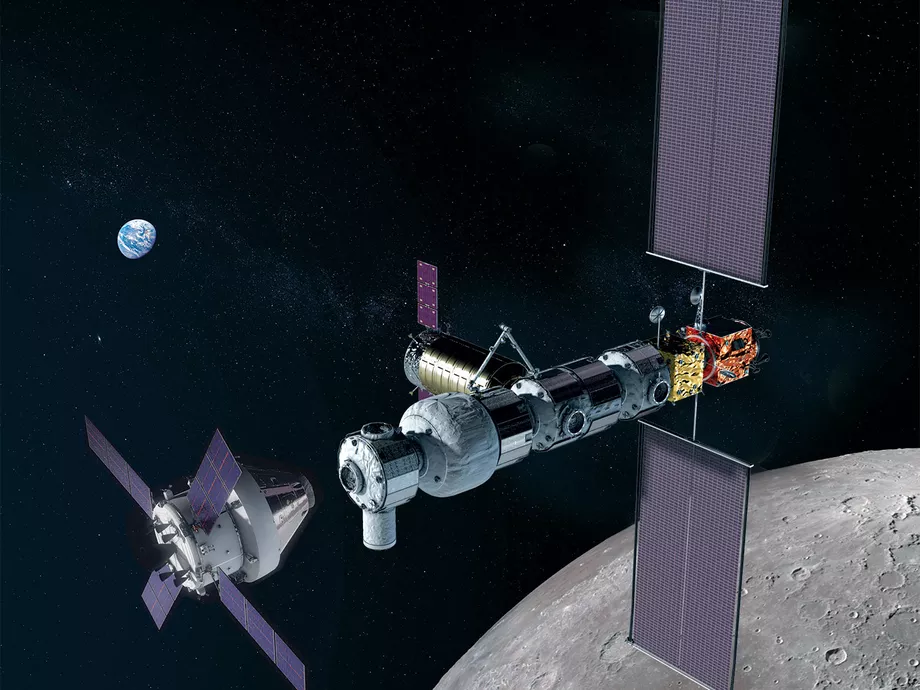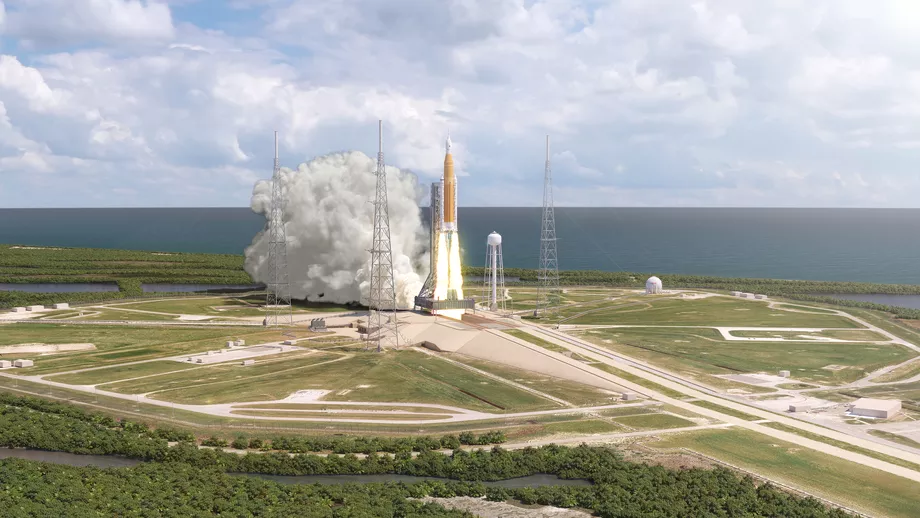The US government plans to send people to the moon in 5 years

Source: NASA
Yesterday, US Vice President Mike Pence said the presidential administration plans to bring people back to the moon within five years. At the same time, NASA previously planned to carry out a manned mission to the Earth’s satellite no earlier than 2028. Pence emphasized that the administration sees this goal as crucial.
He encouraged NASA to accept new circumstances and adhere to a given time frame. In order to achieve this goal, Pence recognized the possibility of abandoning work on some of NASA's subcontractor projects in terms of developing rockets in favor of commercial "space transporters."
"If the rockets manufactured by private companies are the only way to return American astronauts to the moon over the next five years, then we will use these missiles," Pence said. According to him, efficiency in compliance with plans should be the main factor that needs to be taken into account.
It is worth noting that the presidential administration announced the need to make the lunar program a priority from the very beginning of the presidency of Donald Trump. The latter considers the flight to Mars is not the most important task, but Trump considers the return to the moon as one of the priorities.
One of the highlights of the lunar program is the creation of the Moon’s orbital station, which would serve as a transfer point for astronauts descending to the surface of the Earth’s satellite and returning to Earth. Such an orbital station could simplify the study of the moon by people and become the first stage in the implementation of the plan to create a colony of people.

This may look like the Gateway orbiting lunar station. Source: NASA
As for the mention of missiles developed by private companies, it is not at all accidental. The fact is that NASA is developing its superheavy rocket SLS, which can be called a long-term project. And by 2022, when the Trump administration plans to begin building a lunar orbital station, SLS will not be ready. In addition to long-term, this missile is also very expensive - both in manufacture and operation. Thus, the presidential administration directly says that the moon will have to fly on one of the rockets manufactured by NASA partners - SpaceX or Boeing.
They don’t give up to NASA - after a statement by the US vice president, an agency spokesman said that the work on creating the SLS would be accelerated and that the rocket would be ready by 2024 (astronaut’s landing on the moon). Moreover, the first tests will be performed much earlier than this period. “I’m sure that we can launch the rocket already in 2020, and send the capsule with the team to fly around the moon,” said Jim Brydenstein of NASA.
Unfortunately, it is not yet clear exactly what will happen to the plans for creating SLS. Yes, the presidential administration clearly does not like the project itself. But if you cancel the SLS, then you have to radically restructure the agency’s plans to develop near-Earth space. This will not happen if NASA can still build its rocket quickly - but then the price question arises, since launching an SLS is much more expensive than launching analogues from Boeing and SpaceX. Both companies do not stand still, trying to build their missiles as quickly as possible.

This might look like the take-off of a super-heavy SLS rocket. Source: NASA
Be that as it may, even if NASA plans to change plans by accelerating the implementation of the SLS rocket project, it will still have to go through the approval process for updated plans in the US Congress.
As for the administration’s plans, Pence acknowledges that they are very ambitious. But here he suggests recalling John Kennedy's statement made by him in 1962 . As then president of the United States, Kennedy also stated the need for several years to reach the moon. Then many criticized these plans for their complexity and high cost of the project, but the project was implemented. Pence believes that despite criticism, the new space program developed by the presidential administration will also be implemented.
The plans of the US presidential administration so far also remain just plans - until the moment that they are approved by the US Congress. If this does not happen, the NASA SLS project with the previous time frame will remain in force.
